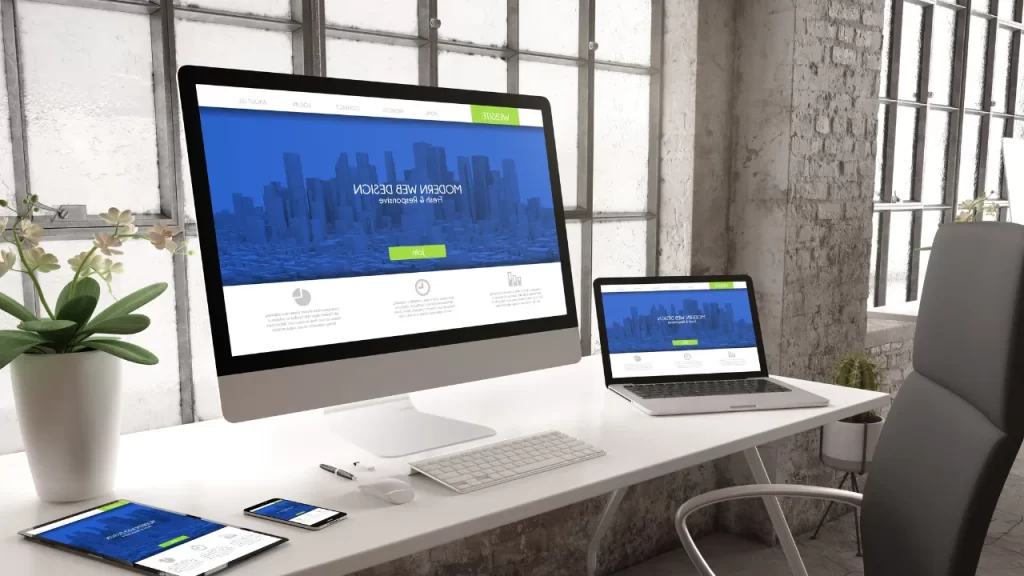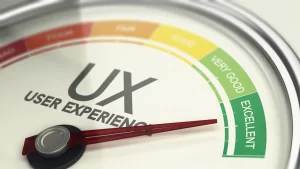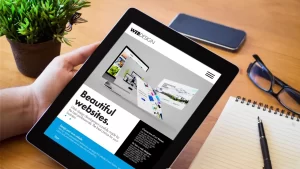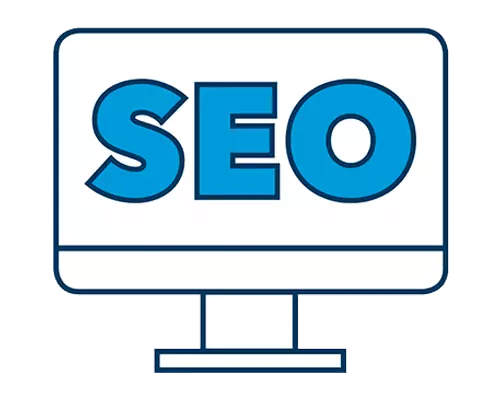Yes, website design can be considered an intangible asset if it contributes long-term value to a business.
Unlike physical assets, intangible assets are non-physical but provide economic benefits over time.
A professionally designed website that enhances brand visibility, improves customer engagement, or drives sales is often classified as an intangible asset on a company’s balance sheet.
When Website Design Qualifies as an Intangible Asset
1. Custom-Built Websites
A website that is custom-built to serve a specific business purpose, such as an e-commerce site or a customer portal, can be classified as an intangible asset.
This is because the website provides long-term value by supporting business operations, generating revenue, or enhancing customer experience.
2. Proprietary Features
Websites that include proprietary features, such as custom software, specialized integrations, or unique user interfaces, may also qualify as intangible assets.
These features provide a competitive advantage and are not easily replicable, thus adding long-term value to the business.
3. Long-Term Use
If a website is expected to provide ongoing value for several years, it can be considered an intangible asset.
Websites that enhance brand recognition, improve customer engagement, or serve as a key sales platform are valuable investments that contribute to business success over time.
How to Capitalize Website Design as an Intangible Asset
1. Initial Development Costs
The costs incurred during the initial design and development of the website can be capitalized as an intangible asset.
This includes expenses related to coding, design, and testing that contribute to the creation of the website.
2. Amortization
Since intangible assets typically have a finite lifespan, website design costs can be amortized over time, usually over a period of 3 to 5 years.
This spreads the cost across the asset’s useful life, reducing taxable income in each year.
3. Maintenance Costs
Ongoing maintenance, updates, or content changes typically cannot be capitalized.
These expenses are usually treated as operating costs and are expensed in the year they are incurred.
When Website Design Does Not Qualify as an Intangible Asset
1. Template-Based Websites
Websites built using pre-made templates or basic website builders are generally not classified as intangible assets.
These sites are often considered short-term tools and may not provide the same level of long-term value as custom-built websites.
2. Short-Term Projects
If a website is created for a short-term purpose, such as a landing page for a one-time marketing campaign, it is not considered an intangible asset.
These types of websites are temporary and do not provide long-term benefits to the business.
Benefits of Classifying Website Design as an Intangible Asset
1. Tax Benefits
By capitalizing website design costs as an intangible asset, businesses can spread the cost over several years through amortization, reducing taxable income during that period.
2. Enhanced Business Valuation
A website that plays a significant role in generating revenue or building brand equity can increase the overall valuation of the business.
As an intangible asset, the website’s value is reflected on the company’s balance sheet, demonstrating its importance to the business.
3. Long-Term Value
A custom-built website with unique features or proprietary technology provides lasting value to the business.
Classifying it as an intangible asset highlights the long-term investment and contribution to the company’s growth.
Conclusion
Website design can be classified as an intangible asset when it provides long-term value to a business, such as through custom-built features, proprietary designs, or strategic purposes.
By capitalizing on the costs associated with website development, businesses can amortize the expense and enhance their balance sheet.
However, short-term or template-based websites are typically considered operating expenses.

















